With its mediterranean charm Ostuni, the ‘White City’, reminds of Southern Spain and Greece
Narrow cobblestone streets, whitewashed houses, bright and colourful flowers embellishing the streets: it’s no wonder that Ostuni – also called ‘the White City‘ – is considered one of the most beautiful towns in Puglia.
Like many Italian cities and hamlets, Ostuni is rich in history and was marked by several cultural influences. Established in the pre-classic period, the town was then destroyed by Hannibal and rebuilt by the Greeks, who named it Astynéon, meaning ‘new town’.
Just before 1000 A.D., the town fell under the influence of the Normans, whose conquest of Southern Italy between the 11th ad the 12th Century A.D. led to the creation of the Kingdom of Sicily (which in fact encompassed Italian territories from Abruzzo and Campania southward, as well as Sicily).
In the early 1500’s, Ostuni became part of the Bari’s Dukedom, ruled by Isabella, wife of the Duke of Milan Gian Galeazzo Sforza, at the time one of the most prominent noble families in Italy. Those were the years when Ostuni benefited from the liberal and illuminated protection given to artists during the Renaissance, and traces of late Gothic and Renaissance styles are still visible in the magnificent rose window of Ostuni’s Cathedral, as well as in other aristocratic palaces and architectural details.
Today, the ‘White City’ has become a popular touristic destination but still holds a lot of charm.
I walk randomly along the narrow cobblestone streets, my eyes wandering around slowly to catch the little details. Small shops, pretty bars and restaurants, and lovely views at every corner, often through one of the many arches that make the alleys even more pretty.
All of a sudden, the Cathedral appears and it takes by breath away. The magnificent rose window decorating the façade looks like a fine lace, as do the adornments on the roof. The elegance and the contrast between the simple and polished front and the wonderful architectural details leave me speechless and in awe.
As I reach the highest point of Ostuni, more whitewashed houses with the entrance doors framed by local stones and bright flowers on the threshold. From here, the view embraces the valley dotted with olive trees and vineyards and, on a clear day, down to the sea.
It’s already time to leave and I walk down again, trying to savour every step, catching more glimpses of this enchanting town where I wish I would have stayed longer.
Practical Information:
Getting there: Ostuni is 40 km from Brindisi (25 miles) and can be reached by car with a 35-40 minutes drive. The ‘White City’ is also very well connected by train, with frequent rides from Brindisi and a journey of about 20-25 minutes.
Lodging: Brindisi is a lovely city and a good base to explore the Province and other near-by interesting areas. The modern and comfortable Palazzo Virgilio Hotel is a few steps from the railway station as well as from the city old town and seafront.
_______
Note: I was invited to discover Brindisi and the surrounding area as part of the ‘Brindisi is My Destination‘ project to promote this overlooked area of Puglia. As always, the enchantment is mine and mine only.
Fancy more of Italy? Pesche, Enchanting Hamlet in Molise. A Photo Tour

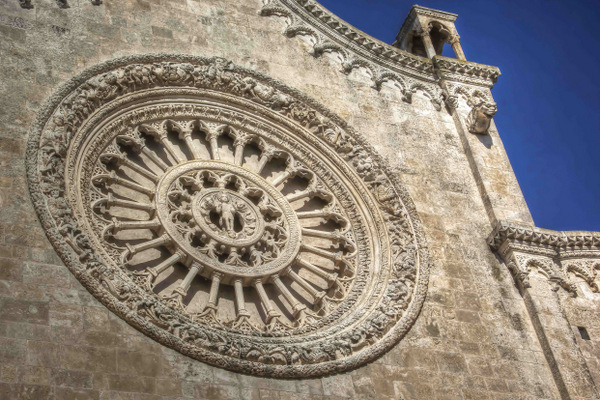
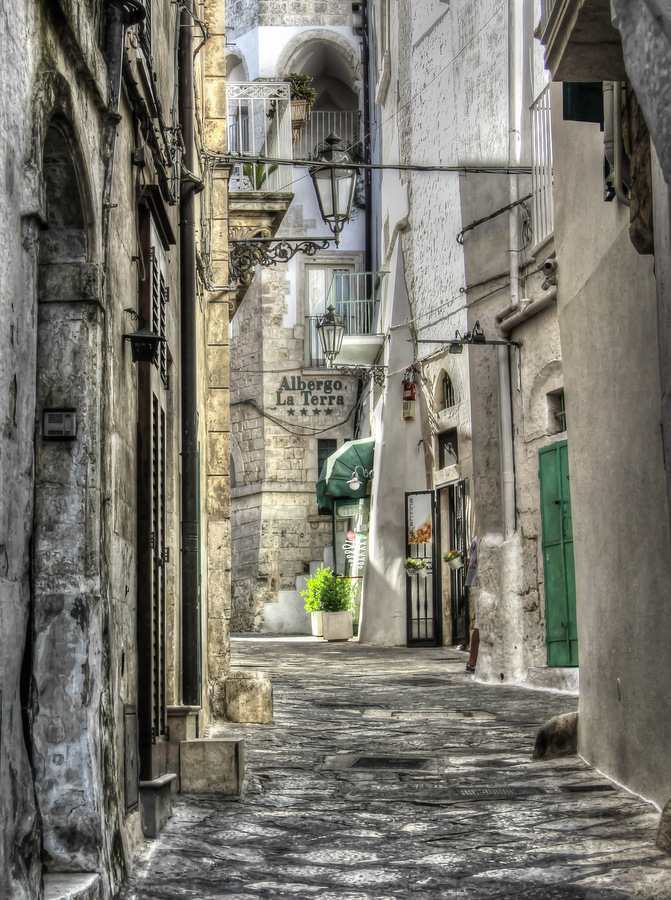
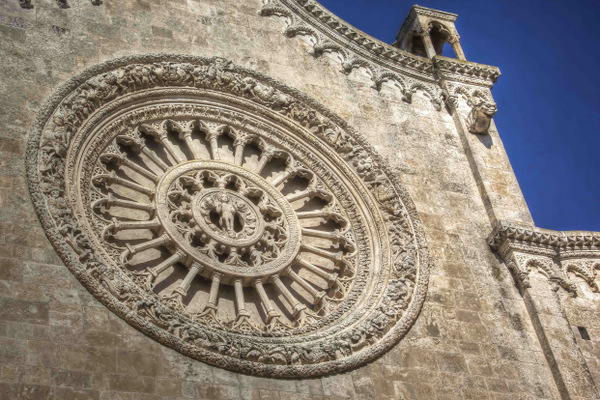
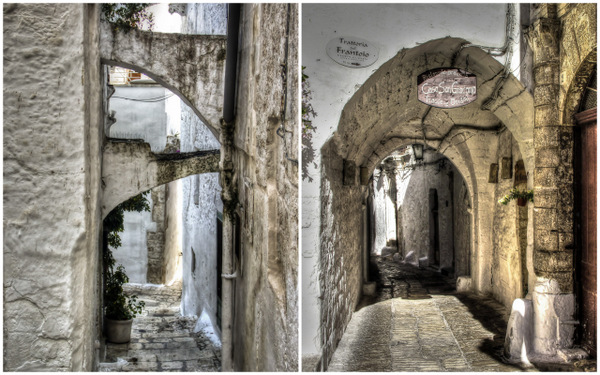
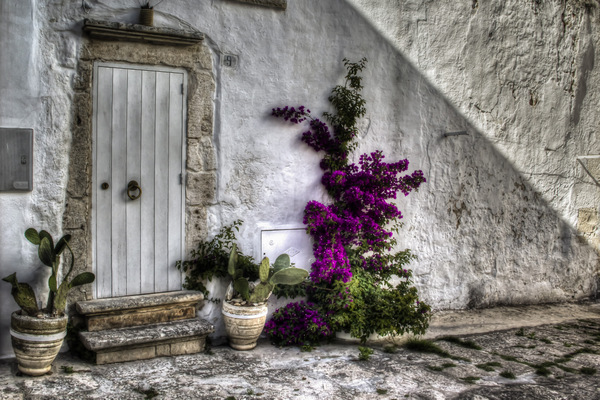
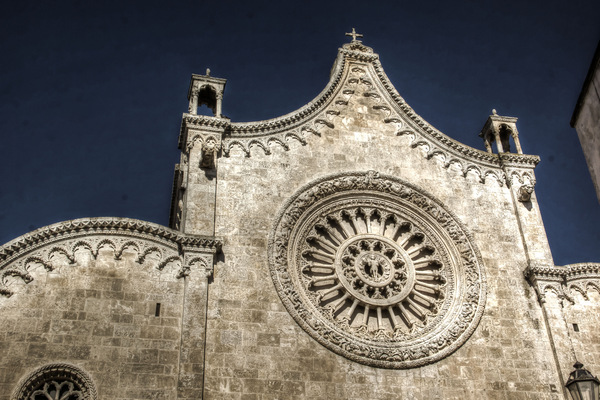
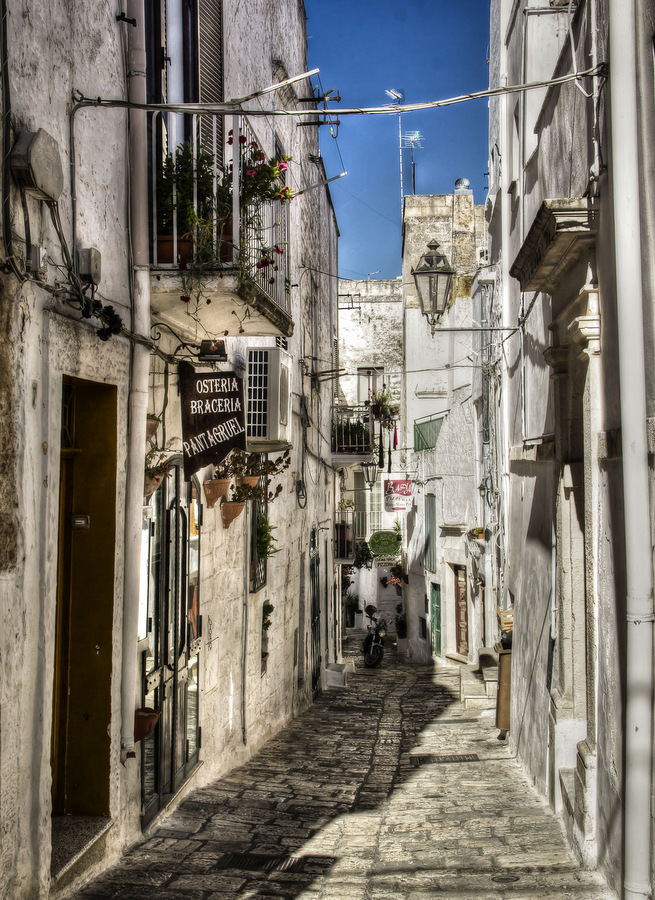
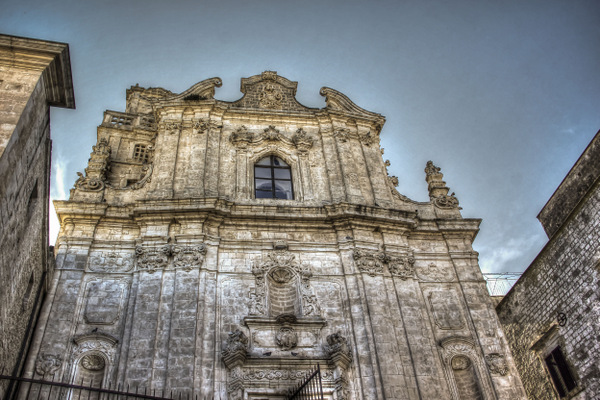


Simon,
Once again your photos are stunning! Ostuni is a beautiful city not overrun by tourists (yet)! Great article!
I love the architecture all throughout Europe. Could walk down the streets for hours. Looks like Ostuni is another gem. Beautiful photos.
Ostuni looks like an architecture lover’s paradise! If it weren’t for a few more modern signs making appearances in your images, they almost seem as if they could’ve been taken decades – or even centuries – ago.
I loved visiting Ostuni when I came to Italy the first time and now I’m back in Puglia after a few years I think maybe a revisit is in order. It’s really a fantastic place and makes for a photographers dream.
Atmospheric photos! Ostuni and Puglia look a photographer’s dream.